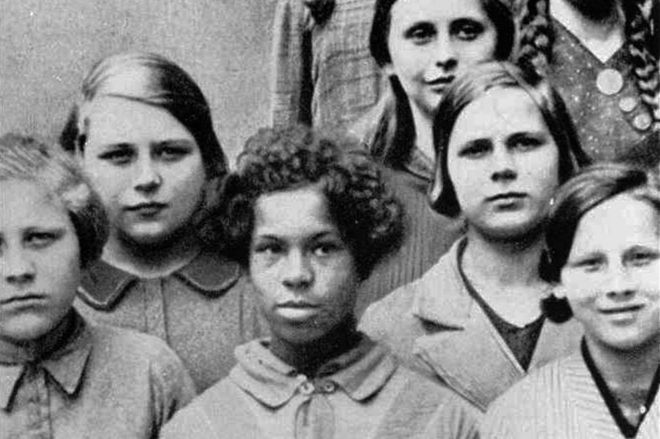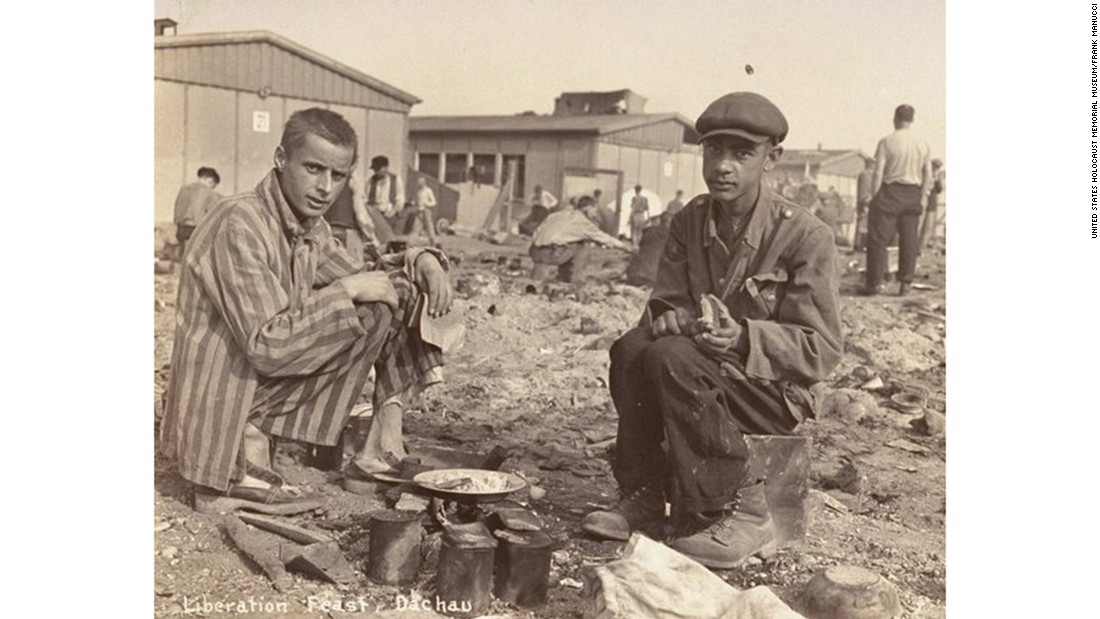(Un-)mixing in the Mandate: purity and persistence of ‘German-time’Posted in Books, Chapter, History, Media Archive, Oceania on 2020-09-17 17:49Z by Steven |
(Un-)mixing in the Mandate: purity and persistence of ‘German-time’
in New Guinea
Chapter in: Norig Neveu, Philippe Bourmaud and Chantal Verdeil (Eds), Experts et expertise dans les mandats de la Société des Nations: figures, champs et outils, [The Expert in the Mandate], Inalco Presses, 2020
Christine Winter, Associate Professor and Matthew Flinders Fellow in History
Flinders University of South Australia
College of Humanities, Arts and Social Sciences
South Australia, Australia
“Unmixing” is a central term in the debates to bring stability and peace after WWI by ethnically homogenising regions and new nations: “… to unmix tlie (sic) populations of the Near East will tend to secure the true pacification of the Near East…” (Fritzhof Nansen, Lausanne Conference, Quoted by Sadia Abbas, Unmixing, Politicalconcepts, 2012.) So how did the nations with aspirations to ‘rule’ New Guinea deal with what could not be ‘un-mixed’: people of mixed descent, and what did this mean for German-New Guineans?
This chapter is an exploration of Weimar and Nazi German colonialism focusing on the Pacific Mandates. It focuses on leagies of German colonialism after the end of the formal German colonial empire. The crisis of the League of Nations destabilized the legitimacy of Mandate rule in the Pacific during the mid-1930s. Purity and persistence of Germanness became a theme for both the Mandate Administration and the Third Reich. In this chapter I explore the role and function of Germans of ambiguous racial belonging, namely mixed-race German Pacific Islanders, in a wider contest of expert advice and policy development. Racial scientists, German missionaries and ex-colonial officials all had a stake in the future of the Mandated Territories, and its mixed-race German population. Depending on the argument and on their place of residency – Germany or the Pacific – mixed-race German-Pacific Islanders were used as fellow Germans or as ‘natives’ to legitimize German claims.
Read the chapter draft here.








